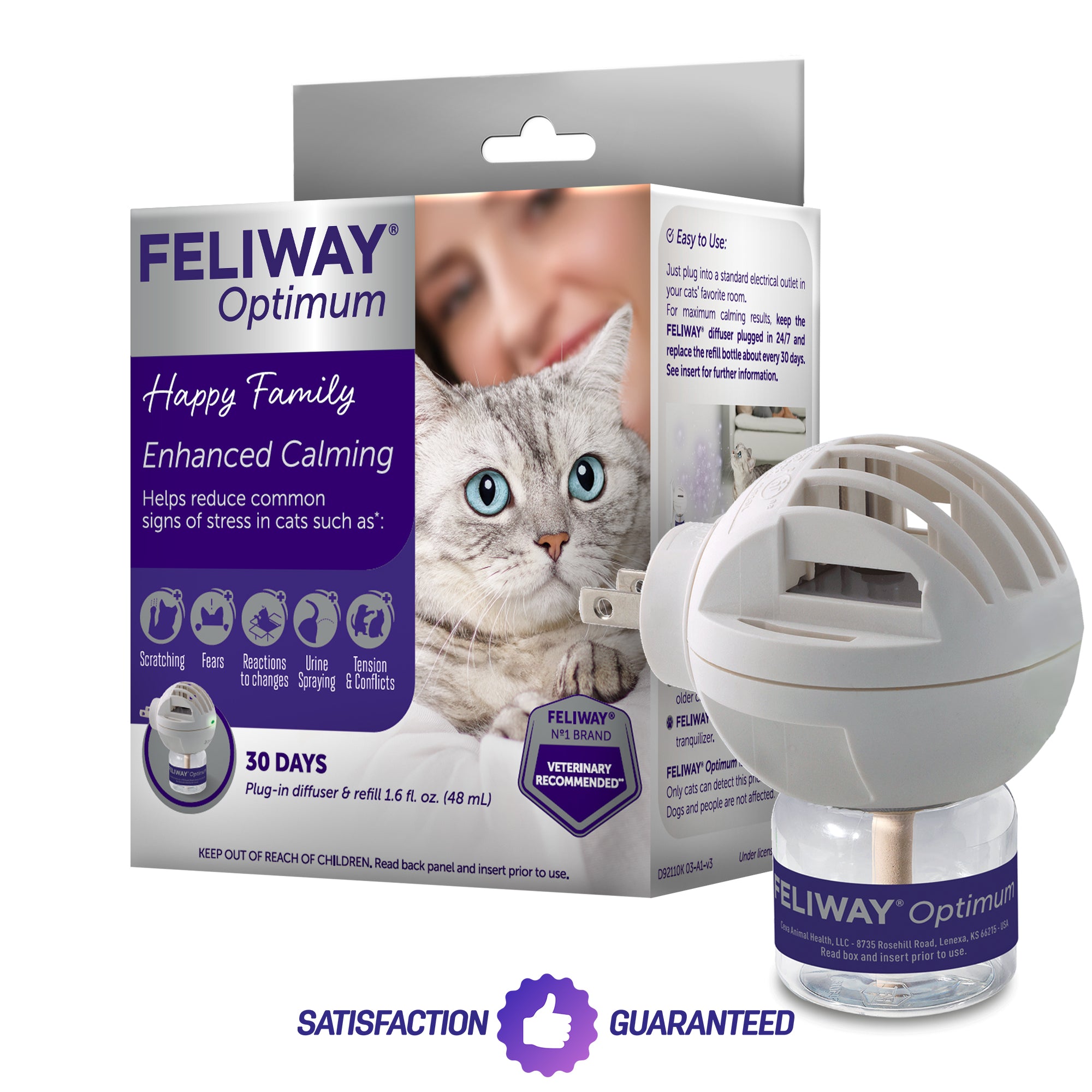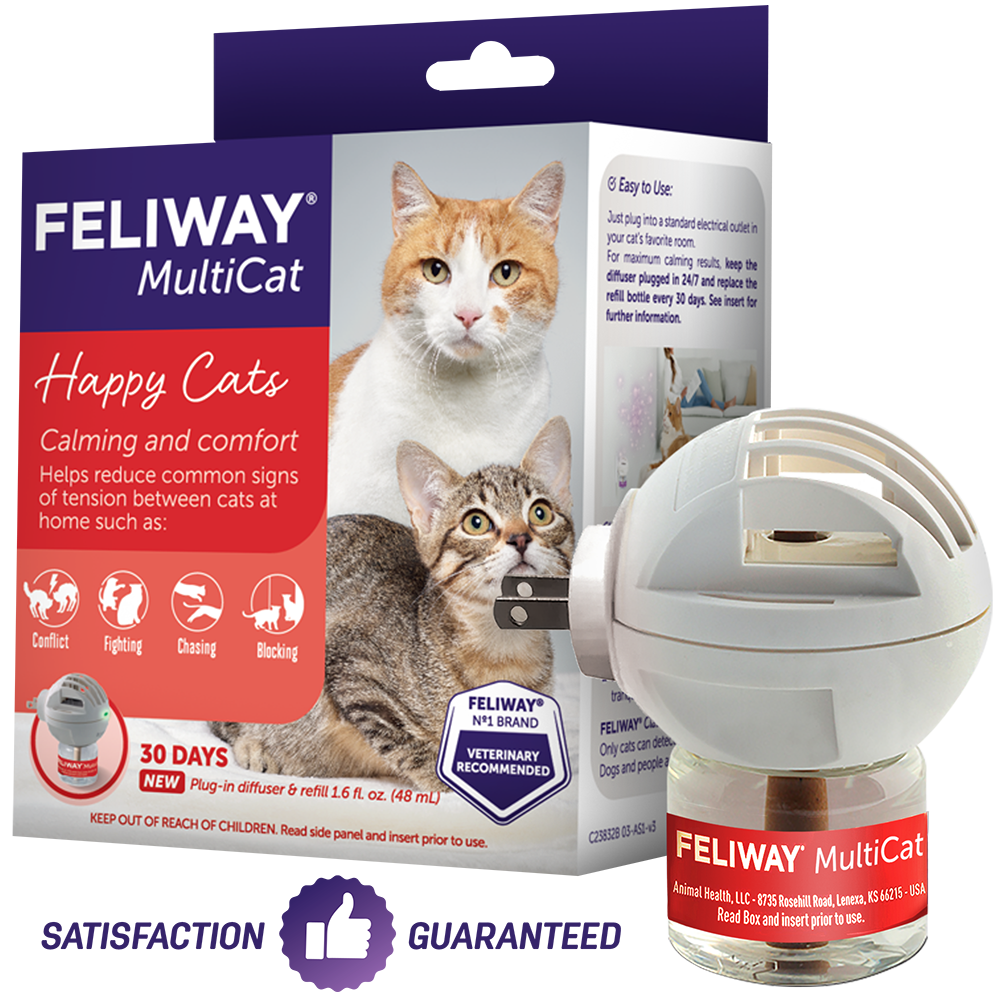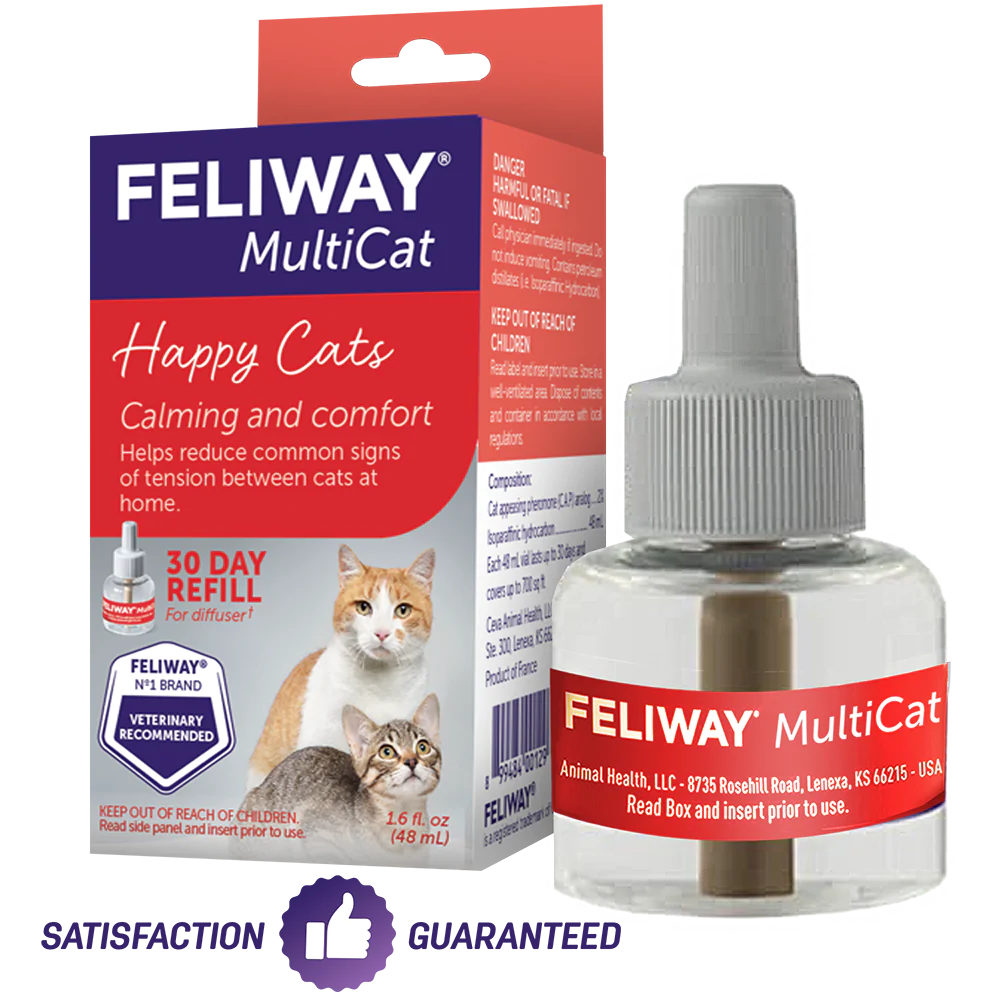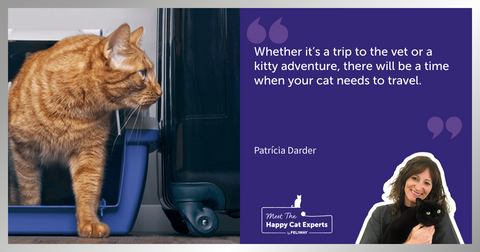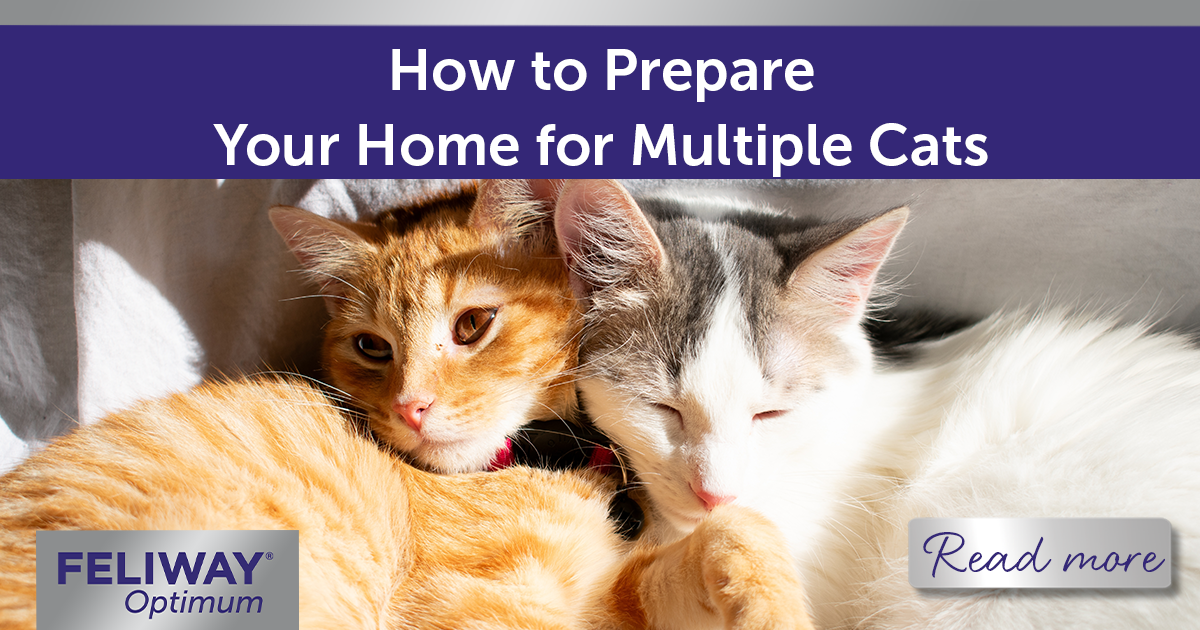
How To Prepare Your Home For Multiple Cats
Are you thinking of welcoming a new kitten into your home but are wary of how to introduce them to another cat at home? You wouldn’t be the first to have concerns! Bringing home a new feline family member can be an stressful experience for both cats involved. Fortunately, we’re here to help with any questions and steer you through the process. Consider this your helpful guide when the time comes to bring a second kitten home.
Things To Consider With Multiple Cats
There are many factors to consider when thinking of introducing a new cat into your home, all of which can contribute to whether your cats will live peacefully with one another.
- Age: A mature resident cat may be more comfortable with an older cat rather than a playful, young kitten.
- Personality: We recommend trying to match your two cats’ personalities as best you can. Consider the personality of the cat you’re interested in welcoming into your household and whether your cat will complement them. This will help avoid causing stress to either cat!
- Experience: Has your resident cat got along with other cats? If so, what were their personalities like? It can be a good idea to try to mimic this relationship if it has worked in the past.
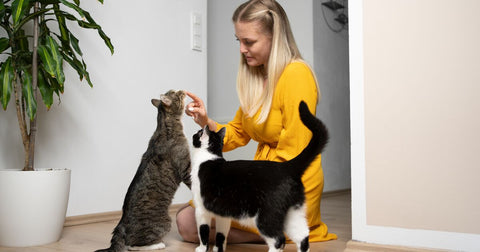
Another factor when considering a multiple cat household is siblings. Cats that are raised together often are the best option where a friendly relationship is desired.
How To Introduce Your Cats
Having multiple cats together doesn’t automatically mean they will enjoy each other’s company. In fact, the new cat can often seem like competition for the resident cat due to shared territory. This goes back to their roots where our cat’s ancestors were equally territorial. We recommend making your home a harmonious, cat-friendly environment if you want your resident and new cat to be happy together.
We suggest a gradual introduction when the time comes. You are bound to feel so excited that you are bringing your new cat home, but you may be alone with those feelings. Your resident cat might not be as excited as you and may act in a hostile way. A work around for this would be to use a calming product within the home, both before and during the introduction period. FELIWAY® Optimum is a helpful plug-in diffuser that is perfect for this occasion. We recommend having one plugged in where your resident cat spends most of their time, as well as another where you intend your new kitty to get settled in.
If you want to know more about introducing cats together, our Happy Cat Expert Chris Pachel's article is here to help.

Another thing to make sure of is that each cat has access to their own resources, ideally in separate rooms from one another. They are unlikely to be willing to share on day one!
Warning Signs When Introducing Cats
If you suspect things aren’t going as planned, here are some warning signs to look out for:
- Avoiding each other
- Hiding away
- One cat blocking the other’s access to resources
- Hissing
- Physical fighting
- Other stress signs, such as urine spraying, scratching, and overgrooming
If you spot any signs that your cats aren’t getting along, we advise you to speak to your vet. They can check for any underlying health issues that may be contributing to any stressed behavior. Your vet or qualified behaviorist will be able to provide an individual plan to help your feline friends live happily together.

When introducing cats into your home, the little things can sometimes matter the most. Providing separate access routes to elevated spaces can mean that both cats can explore their territory or avoid each other if needed.
You may find over time that each cat has a different scratching preference. Providing options in different areas is a great way to identify this. You may opt for a tall vertical post in the kitchen and a horizontal board in the living room. Whatever works best for you and your cats!
We also recommend keeping their resting places quiet and elevated, especially in the beginning. This allows each cat to have their peaceful alone time. This can be very beneficial during this time of change. If you find that you can’t provide this, you could try a microchip cat flap within the home. This would allow access to a certain room for just one cat.
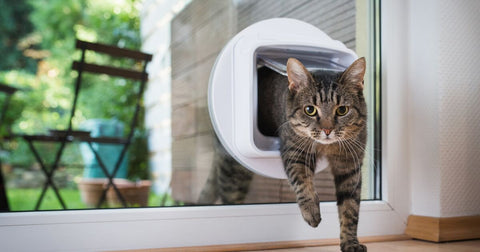
What To Do With Resources
As cats like to have control over their own spaces and resources, ensuring their spaces are separated with their own food, litter tray and toys provides your cats the best chance possible at happiness together! It is also important to keep resources away from high traffic areas in your home. This way your cats can use the resources without feeling worried about what is happening around them.
We like to follow a general rule of thumb for resources with multiple cat households: the number of cats in the home, plus one! This ensures that each cat has access to resources without having to interact with one another at home. In essence, it means they don’t have to share.
Positive Signs That Indicate Your Cats Are Bonded Together
Introducing two cats to one another can be very stressful on the cats as well as the parent. We know that in the beginning things may not look very promising, usually whilst they’re getting to know one another. This process may take longer than you think, but the result is worth it. Signs to look out for that show your cats are getting along and are bonded together include:
- Touching each other while they sleep
- Grooming one another
- Playing nicely together
- Greeting each other nose-to-nose

Once you spot these positive signs – well done! You’ll have a harmonious household with your cats living happily together. This may happen quickly or take time: it differs from cat to cat. The key takeaway is to not rush anything. Your cats will adjust on their own timelines.
Are you looking for more advice on introducing a new cat into the household? Get in touch and we’ll be happy to share all our tips! You can also stay informed with all the latest information about FELIWAY® Optimum and all our products by signing up to our newsletter.
